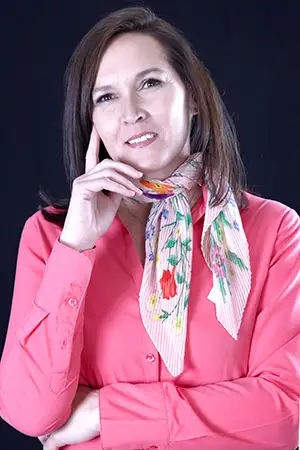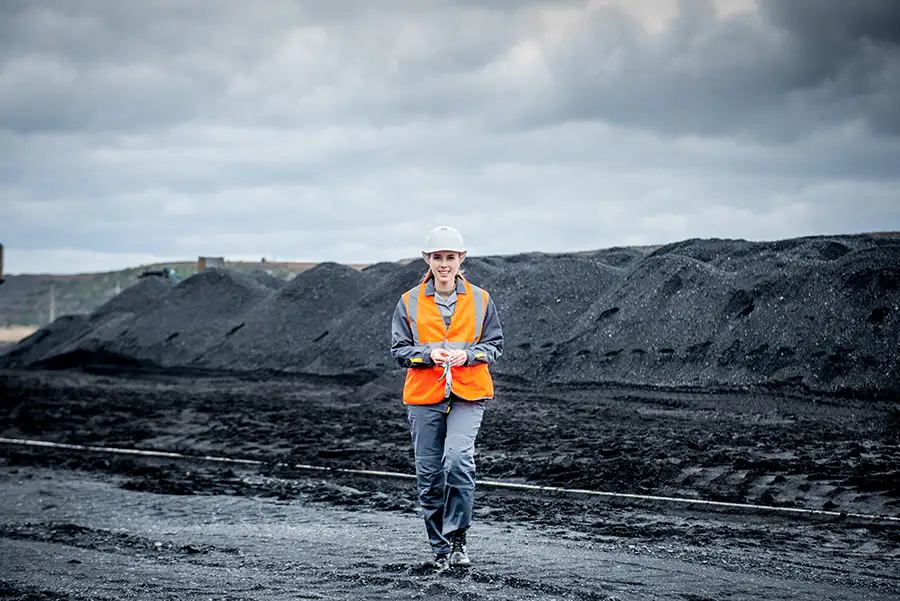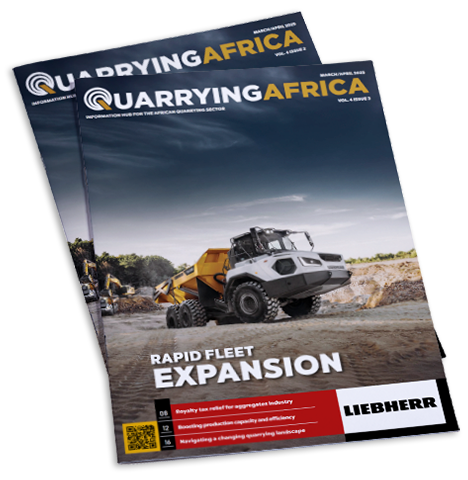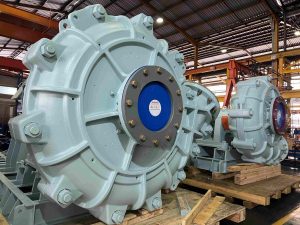The representation of women in the global mining sector remains low. According to a recent report by the World Bank, women make up only 15% of the global mining workforce, with even lower representation in specific regions and subsectors. Additionally, this underrepresentation extends to leadership and management positions, where women hold just 16,9% of board seats in the top 500 mining companies globally.
“Women are underrepresented in all levels of the mining sector, but mostly so in senior management positions. We need to promote individuals based on skill and not just on gender – there are highly skilled women out there,” says Van den Berg. “Lower levels are understandable, because generally mining is a harsh environment to work in and not all women want to be exposed to such conditions. One either falls in love with the environment immediately or totally hates it.”

Front and centre
A commitment to furthering the involvement of women in all aspects of the sector is thus something that should be ‘front and centre’ for all stakeholders concerned. Setting up platforms to address gender issues, says Van den Berg, should be regarded as a positive step towards improving the workplace.
Surface mining industry association, ASPASA, drives the agenda through the Mining Charter processes, the Gender Justice Committee and its recent memorandum of understanding with Women in Mining Business (WimBiz) to advance women in mining supply chain opportunities.
“ASPASA supports the Minerals Council South Africa and The Mine Health and Safety Council programmes for women in mining as well. ASPASA members are well represented in the regional women in mining forums. Most of our members are committee members of the regional women in mining forums. By just opening these platforms to women, it assists with advancement because they see the progress of other women,” says Van den Berg.
To track the progress made, ASPASA will look at the Minerals Council system and suggest a way its members can report on the Minerals Council South Africa platform. The association’s members all have their programmes in place to make a difference. “Some of our members have excellent programmes which we will share after we have set up all our leading practices,” she says.
Successes gained
Van den Berg notes that there are already 72 000 women in the South African mining sector and the number will continue to rise as several industry initiatives come to the fore.
“We have come a long way and one must not forget the successes gained in the years gone by. The mining industry was never really ready for women, but there are now many guidelines and learnings available. To achieve our targets, it is important that we do not isolate men from the women in mining forums. I also urge the media and all other platforms supporting women to engage with men to see how they experience women in the workplace. The challenge is not just one-sided,” she concludes.






